 Economy
Economy

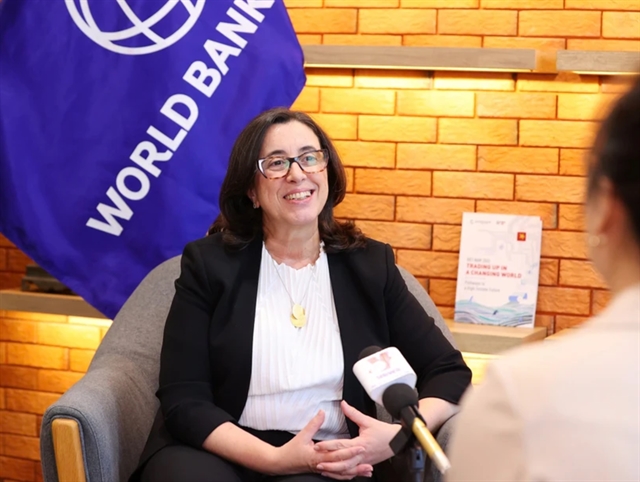
|
| WB Vice President for East Asia and the Pacific Manuela V. Ferro. — VNA Photo |
HÀ NỘI – World Bank (WB) Vice President for East Asia and the Pacific Manuela V. Ferro described Việt Nam as a success story in terms of economic development since it has dramatically transformed the business landscape, achieving the extraordinary feat of increasing family incomes sixfold while attracting significant foreign investment over the past 40 years.
She described the economy as dynamic and modern during an exclusive interview with the Vietnam News Agency on November 21.
Việt Nam experienced remarkable growth and poverty reduction over the past decades. What were the key factors in this rapid transformation?
Việt Nam's development journey is a remarkable success story. Family incomes increased sixfold in 40 years, nearly eradicating extreme poverty. Việt Nam is a dynamic, modern economy attracting major foreign investment.
The resilience and determination of its people played a critical role. A key turning point was the Government's bold move in the 1980s to open up the economy and prioritise exports. Today, exports contribute about half the GDP and one in every two workers works in the export sector.
One key factor in Việt Nam's growth so far is the abundant and low-cost labour force and a second element is low energy costs. These factors not only translated into growth and higher incomes but also drove a significant share of the labour force engaged in low value-added activities like final assembly and a high carbon intensity of GDP.
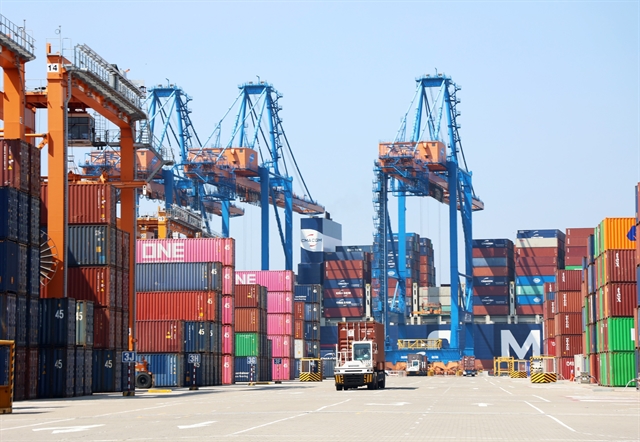
|
| Vietnam boasts an export-oriented economic model. — VNA Photo |
Việt Nam has set the ambitious goal of becoming a high-income country by 2045. What is needed to achieve this target and how can the WB contribute?
To achieve its goal of becoming a high-income country by 2045, Việt Nam must focus on moving up the value chain and integrating domestic firms with productive foreign firms. The service sector has the potential to serve as an additional engine of growth, especially if it is open to investment and greater competition.
Decarbonisation will be crucial, especially in the energy sector, to enhance competitiveness and reduce the carbon footprint of GDP. Investing in a higher-skilled labour force, particularly in engineering and other STEM fields, will be critical to protect jobs from automation and drive production to higher value-added activities.
The WB’s report 'Vietnam 2045: Trading Up in a Changing World – Pathways to a High-Income Future' outlines strategic choices and pathways. The Government's openness to future planning is a positive sign and we are optimistic about Việt Nam's prospects.
We have partnered with Việt Nam since 1978, first through the WB’s fund for the poorest countries, International Development Assistance (IDA). We are proud to have supported Việt Nam from post-war recovery to today's middle-income status, with investments in education and critical infrastructure, but also with policy advice that helped generate greater economic dynamism and jobs.
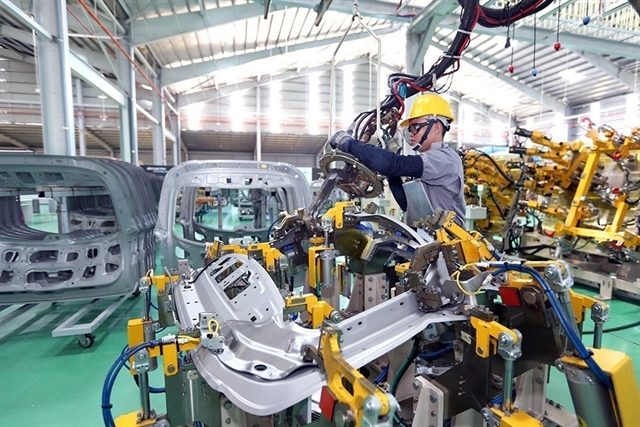
|
| Việt Nam's economic growth has been significantly driven by its abundant and low-cost labour force. — VNA Photo |
Việt Nam is now at a different stage of development. The external and domestic context have changed. They require proactive and agile policy-making and investments into Việt Nam's new economy. From the WB’s side, we are ready to finance transformative investments in transport, digitalisation, climate resilience and agricultural productivity that can help Việt Nam achieve its goal of achieving high-income status in 2045.
During your visit, you went to the Mekong Delta to speak to farmers and agribusinesses that have benefitted from the WB - financed Vietnam Sustainable Agriculture Transformation Project. What did you see there?
During my visit, I saw how Mekong Delta farmers adopted an innovative package of agricultural technologies that are revolutionising rice farming. This method increases yields, reduces pesticide and fertiliser use and boosts farm incomes by up to 30 per cent. The method also cuts methane emissions, a significant contributor to climate change. Investments to modern irrigation also allow for growing additional crops, some for export and generating additional sources of income.
I heard from farmers, cooperatives and agribusinesses how enthusiastic they were about expanding their operations. We are keen to help expand this approach aims to one million hectares, which the Prime Minister announced. Việt Nam's leadership in agricultural innovation is remarkable and is being copied elsewhere.
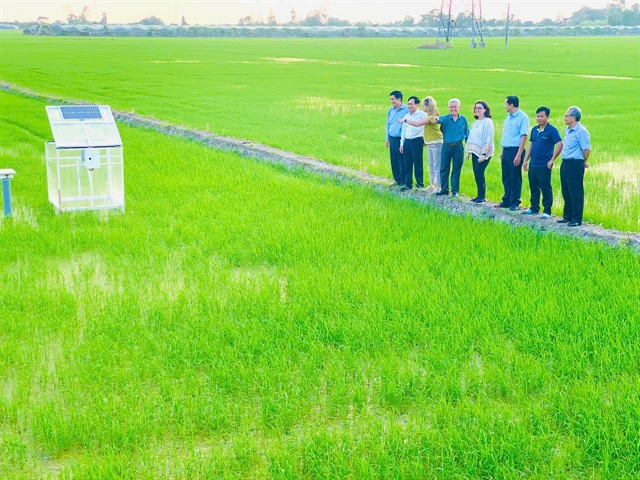
|
| A working delegation from the WB visits the low-emission rice field at New Green Farm Cooperative, Cần Thơ City. — Photo courtesy of the WB |
The Vietnamese Government has made efforts to decarbonise not only the agriculture sector, but also the whole economy. So what do you think about these efforts?
The energy sector is a major source of CO2 emissions in Việt Nam. Decarbonising it while keeping costs low is essential. As global markets begin to favour clean energy-produced goods over those from dirty energy, Vietnam's large export sector needs to adapt. The country should cleaning up transport and agriculture, especially rice cultivation and livestock.
Climate change already affects Việt Nam, with salinisation, more frequent floods and coastal destruction. Continued growth must align with climate-friendly technologies to meet Việt Nam's ambitious targets.
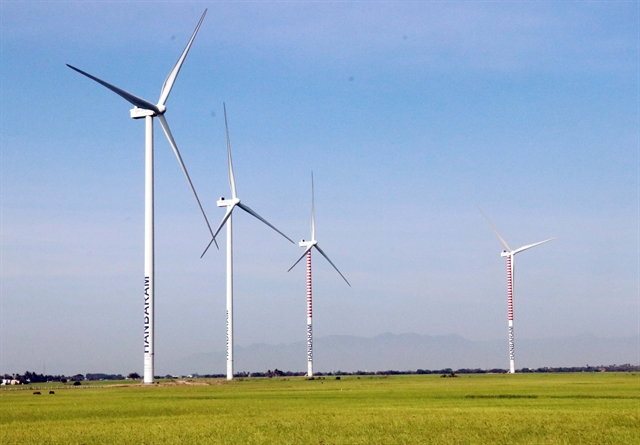
|
| A wind turbin farm in Ninh Thuận Province. — VNA Photo |
The WB fund for the poorest, IDA, will be replenished in the Republic of Korea (RoK) in two weeks. How did Việt Nam benefit from IDA and what can other developing countries learn from Việt Nam's trajectory?
Yes, the RoK is hosting the 21st replenishment of IDA in early December. The country’s development experience shows what is possible, with proactive and visionary development policy and the support for external partners like IDA. There are some parallels between the RoK and Việt Nam, with both countries rising from post-war devastation to rapid growth.
Every three years, we replenish IDA to support the poorest countries in the world with low-interest and long-maturity loans. The RoK, grateful for IDA's role in its development, is hosting this round and has already announced a 45 per cent increase in its contribution to IDA. Việt Nam too has wisely used US$18 billion from IDA over several decades. Many countries in this region and across the globe still need IDA support. VNS




